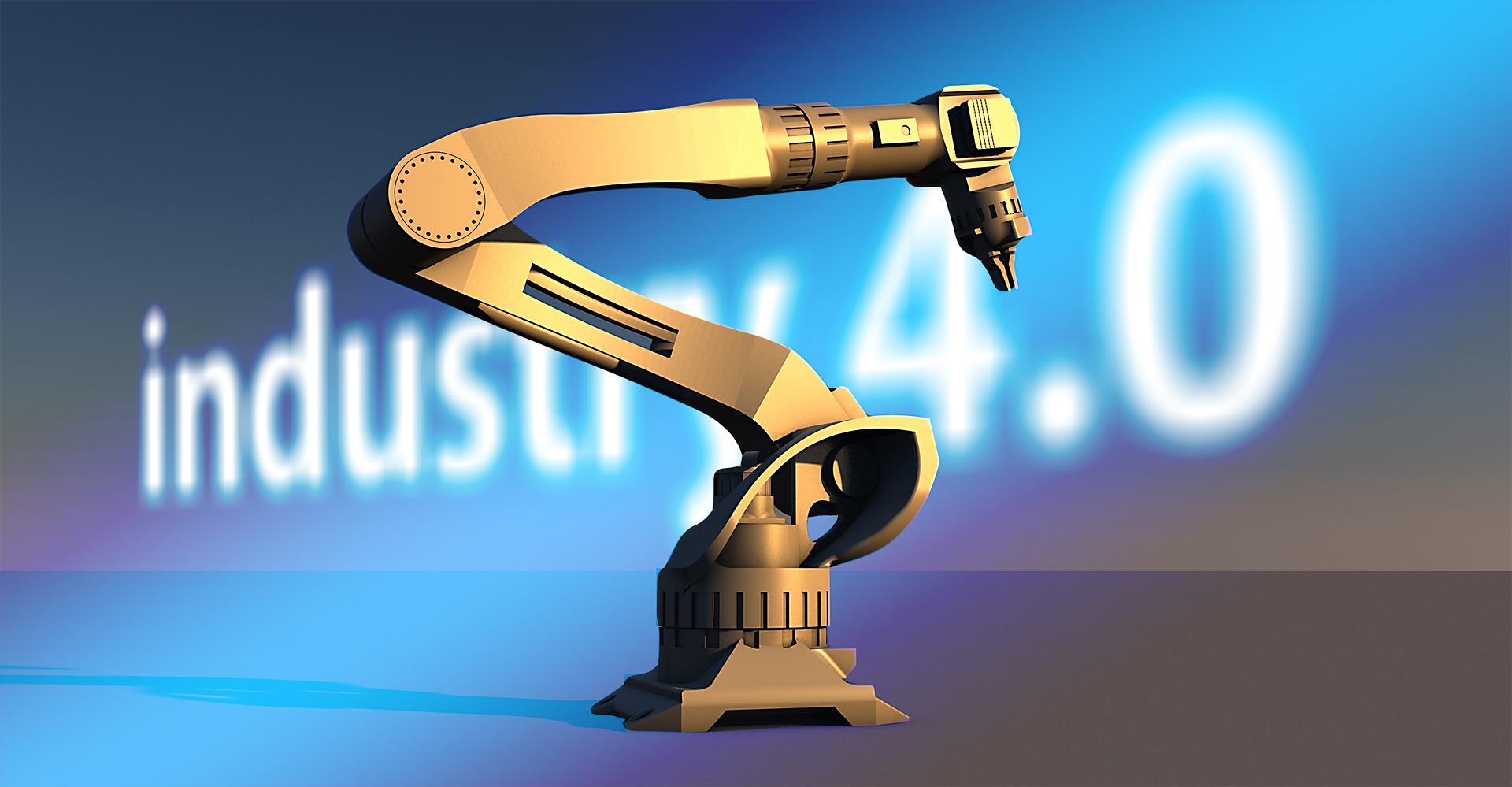We’re in the middle of a transformative change in the business world. One term that you may have heard to describe this change is Industry 4.0. The question is: is this a useful label and how does it relate to the Digital Economy?
Four industrial revolutions
The naming of Industrie 4.0 derives from four perceived steps in manufacturing:
- Industry 1.0 – mechanisation, water and steam power
- Industry 2.0 – mass production, assembly line, electricity
- Industry 3.0 – computer and automation
- Industry 4.0 – cyber physical systems.
As can be seen from this description, the concept ignores any development before the industrial revolution and puts together often disparate developments thereafter. How is a ‘cyber physical system’ any different from an automated, robotic system? Is it sufficiently different to justify a whole new revolution of its own? And where is 3D printing in this? Will that be Industry 5.0? Look at the model again and you will see that three of these so-called revolutions are said to have taken place in just over a hundred years. Unlikely. And while Industry 1.0 and 2.0 are defied by changes in power, Industry 3.0 and 4.0 are not.
Industry 4.0 – older than you think
The term Industry 4.0 was popularised by the German government with a focus on manufacturing beginning in 2011 (it is also sometimes called Manufacturing 4.0). Although the concept has been pushed by the German government and German manufacturers, it has been criticised elsewhere for having too narrow a focus and because innovation in manufacturing is continual and cannot neatly be chunked up into four parts.
As it turns out, the history of the term explains a lot. The German government didn’t in fact coin the phrase Industry 4.0, or the concept. It’s actually been around for a very long time – for more than 75 years – and has been used by various commentators to mean the ‘age of electronics’, ‘the age of atomic energy’ and so on. I found the first reference to it way back in 1948.
What seems to happen is that this label doesn’t quite take off, falls out of usage and is then revived roughly every 10 years. It just means ‘latest greatest thing’ and is unashamedly changed as the technology changes.
Avoid the manufacturing silo
The term Industry 4.0 is problematic because of its narrow focus on manufacturing – effectively making manufacturing different to other industries which are all busy with Digital Transformation. The technologies associated with Industry 4.0 are not unique, but are those that everyone else perceives to be part of the Digital Revolution. Other verticals that have always preserved their ‘otherness’ and distinctiveness have embraced digital technologies and terminologies. They are in the process of breaking down barriers and mashing up their business models with other industries – such is the true effect of the Digital Economy.
To keep manufacturing in step with everyone else, and to avoid the problematic debate around whether the technology is really a new revolution, it’s far easier to use the terms ‘smart manufacturing’ and ‘smart factory’ which claim less and have a hope of delivering more.
Does any of this matter? Well breaking manufacturing away (as a silo) from everything else goes against the interconnected nature of the Digital World. Making things more efficiently in factories is not really a revolution – process improvement has been continual since the factory was invented. The real revolution comes when 3D printing matures and ‘making’ comes out of the factory and is decentralised. When that happens the money will not come from making but from design and supply of materials. The machine will do the rest. So we best not go trumpeting a revolution that’s really an evolution. Stick to Smart Manufacturing, it’s a lot easier to explain.



